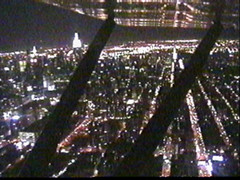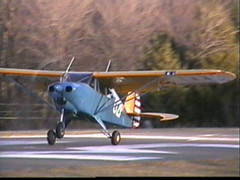 (A bit of history geeking.)
(A bit of history geeking.)While looking around the web for facts about the National Mall in Washington, I ran across the story of Pierre Charles L'Enfant, the namesake of the L'Enfant Plaza, among other things. His story, and the story of the genesis of Washington, D.C. are quite interesting, but I won't recount it all here.
Pierre Charles L'Enfant was a French-born Major in the United States Army, under General George Washington. He was hired by Washington to be the architect of the new nation's capital city in 1791, and in the next six months created a grand plan for the city. Six months after that, he was fired by Washington because he "forged ahead regardless of his orders, the budget, or landowners with prior claims."
Apparently, L'Enfant was a difficult genius; he envisioned that the United States would one day be a giant empire, and the reports of his original plan indicate that it was rather more baroque and imperial than the city which eventually emerged, being compared to Versailles and Paris. As his name suggests, upon being relieved he childishly took all of the plans for the city and returned to France, although he came back to end his days in the U.S., in disrepute and petitioning Congress for back pay.
With the plans gone, commissioner Andrew Ellicott would have been in trouble, but for one of his assistants: Benjamin Banneker, son of a former slave and a free black woman. Most unusual for a black man in that time and place, he was a highly educated mathematician, astronomer and publisher - even held in high esteem by Thomas Jefferson, who sent along Banneker's astronomical almanac to the French Academy of Sciences. Banneker saved the capital project by reproducing the plans in their entirety from his own memory, which were subsequently improved on to create the modern city in place today.
So the capital city of the United States of America was designed by a rude Frenchman - and a brilliant black man, in between two of the biggest slaveowning states in the country, Maryland and Virginia.
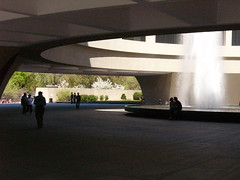
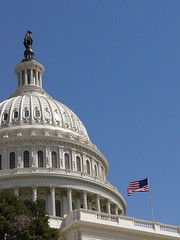
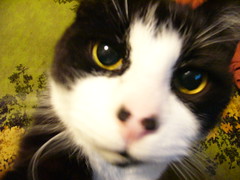
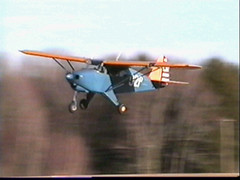
 When possible, we have a guest speaker at the meetings; Sunday we met Bill Starr, a private pilot who is working as a volunteer copilot on a vintage C-54 transport. The plane, named "Spirit of Freedom", is a 4-engined airliner built in 1945 as a transport for the US military, and one which participated in the historic Berlin Airlift during 1948 and 1949. The interior of the plane has been remodeled as a
When possible, we have a guest speaker at the meetings; Sunday we met Bill Starr, a private pilot who is working as a volunteer copilot on a vintage C-54 transport. The plane, named "Spirit of Freedom", is a 4-engined airliner built in 1945 as a transport for the US military, and one which participated in the historic Berlin Airlift during 1948 and 1949. The interior of the plane has been remodeled as a 